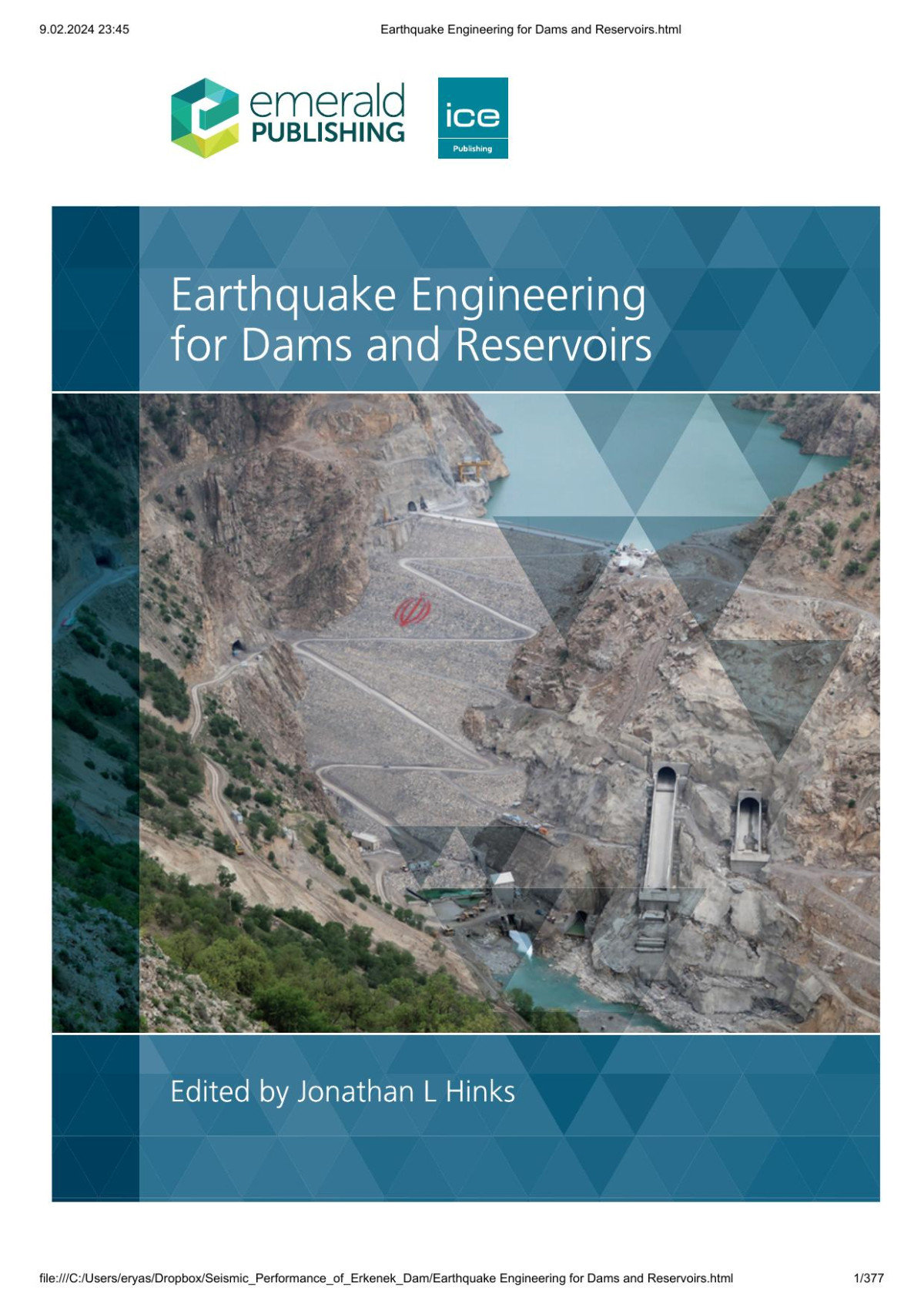

Most ebook files are in PDF format, so you can easily read them using various software such as Foxit Reader or directly on the Google Chrome browser.
Some ebook files are released by publishers in other formats such as .awz, .mobi, .epub, .fb2, etc. You may need to install specific software to read these formats on mobile/PC, such as Calibre.
Please read the tutorial at this link: https://ebookbell.com/faq
We offer FREE conversion to the popular formats you request; however, this may take some time. Therefore, right after payment, please email us, and we will try to provide the service as quickly as possible.
For some exceptional file formats or broken links (if any), please refrain from opening any disputes. Instead, email us first, and we will try to assist within a maximum of 6 hours.
EbookBell Team

0.0
0 reviewsWith contributions from many distinguished specialists from around the world, Earthquake Engineering for Dams and Reservoirs addresses all topics that will be of interest to students and professionals involved in the inspection or design of dams in seismic areas. Over recent years, research has developed rapidly in response to incidents worldwide where earthquakes have, either directly or indirectly, affected dams or their appurtenant structures. This title brings relevant data together in one well-collated volume of need-to-know information. It will help you to make decisions on the type of dam structure required for new projects and understand the issues that face existing dams and how to mitigate them.
With international case studies, in full colour, from regions with differing seismic activity levels, this book features coverage of:
plate tectonics
seismic input parameters
reservoir triggered seismicity
seismic design and performance criteria
dams of various types including rockfill, concrete, earthfill, liquefaction, dams of hydraulic fill and tailing dams
dams on active faults
spillways, gates and equipment
earthquake-triggered landslides, rockfalls, seismic seiches and instrumentation.
This is essential reading for any engineer, or designer, tasked with building, retrofitting or maintaining dams in all seismically active regions. It will also appeal to dam owners and managers, writers of feasibility studies and students of engineering.